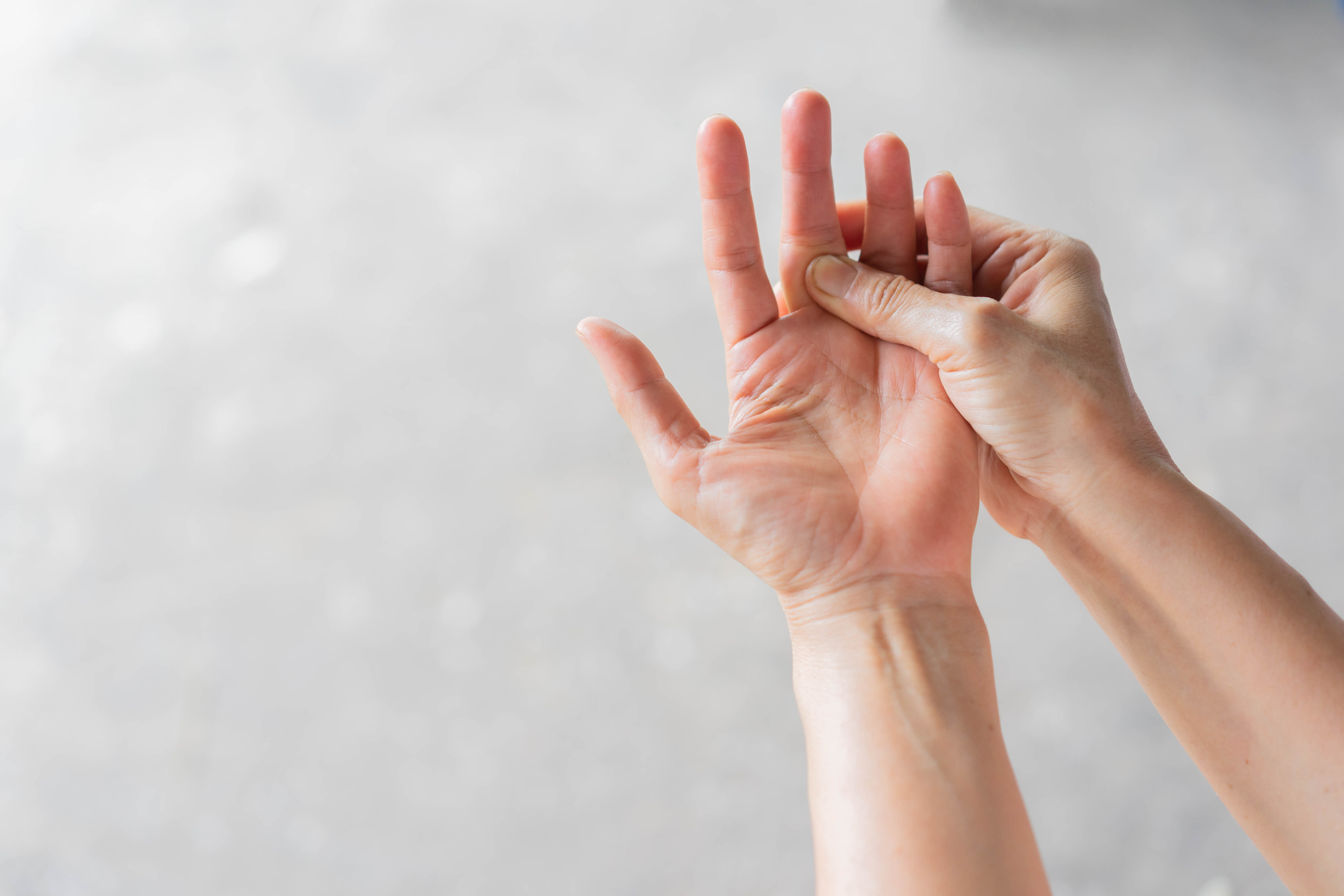Because the hands and wrists are prominently positioned extremities and they are constantly in use in our daily lives, the bones that make them up are particularly vulnerable to fractures. If you fracture your hand or wrist, after your initial physician visit, it’s highly likely that you will be recommended to see a physical therapist to ensure proper recovery throughout the healing process.
Just as anti-inflammatory or pain medication helps deal with the initial symptoms of a hand or wrist injury and a splint or cast helps the bones heal properly in the intermediate term, physical therapy is essential to regain functionality as quickly and fully as possible in the long term. At JAG Physical Therapy, we are New York, New Jersey, and Pennsylvania’s regional experts in hand and wrist PT – contact us today, schedule your initial appointment to start your hand or wrist fracture recovery, or learn more about how our physical therapists treat such fractures below.
Symptoms of Hand and Wrist Fractures
When an injury to the hand or wrist has sufficient force to break bone, or the hand or wrist is struck at an awkward angle causing a fracture, naturally the first symptom will be severe pain. Typically, when there is a fracture, this pain is accompanied by a throbbing sensation, resulting quickly in swelling or bruising. A sense of tenderness in and around the injured part, various types of visible deformity, and difficulty bearing weight with the affected hand are also common symptoms.

Types of Hand and Wrist Fractures
Hand and wrist fractures can be classified according to which bones have been broken, the location of the fracture along the bone, and other factors. Some common types of fractures of the hand and wrist include:
Colles’ fracture is a common type of distal radius fracture – which is where the radius, one of the forearm bones, is broken in the section closest to the wrist. Specifically, in a Colles’ fracture, the broken end of bone bends inward and causes a characteristic “dinner fork” deformity. This is usually caused by falling on a hard surface onto an outstretched hand.
Smith’s fracture is another example of distal radius fracture that is commonly seen. It is basically the directional opposite of Colles’ fracture – it results in the broken section of bone bending outward. Smith’s fracture is marked by the so-called “garden spade” deformity and usually is the result of a direct impact on the forearm bone or a fall onto the back of the hand, with the wrist flexed.
The scaphoid bone is one of the carpal bones, separating the bones of the thumb from those of the forearm. This bone is one of the most common fractures of the wrist other than radius fractures, and the main symptom of a scaphoid fracture is pain at the base of the thumb.
Barton’s fracture is another type of distal radius fracture, and is distinguished from other fractures of the same bone because a Barton’s fracture also involves dislocated wrist bones.
A chauffeur’s fracture, sometimes called a Hutchinson fracture, involves the radial styloid process – the projection of bone on the outside edge of the radius. The name comes from the early days of automobiles, when personal drivers would have to use a hand crank to start a car. If the car backfired, the crank would be jerked upwards into the chauffeur’s palm, risking this fracture.
A greenstick fracture occurs when a child or teenager breaks one of their bones, which is still developing and softer than an adult bone. The name greenstick comes from an analogy between young, flexible green wood and young people’s relatively undeveloped bones. If a child has an accident while playing a sport, for example, a greenstick fracture of the wrist can easily result.
An ulnar styloid process fracture is the same type of injury as a chauffeur’s fracture, except it affects the ulna – the other bone in the forearm alongside the radius.
Osteoporosis puts patients at greater risk of all types of bone injury. This includes fractures to the hands or wrist, which can be a particular danger when falling. It’s a natural reaction to try to break one’s fall with one’s hands, but for someone with osteoporosis, this can easily lead to a wrist fracture.
How are Hand and Wrist Fractures Diagnosed?
A doctor will typically use a physical examination first in order to check for a fracture in the hand or wrist – there is often a deformation in the joint that is a telltale sign of the type of fracture. Medical imaging like a CT scan can be used to investigate further.
Treatment for Hand and Wrist Fractures
At JAG Physical Therapy, we help people who suffer hand or wrist fractures recover with customized plans that can include certified hand therapy, occupational therapy to adapt to the use of orthotics, pre- and post-operative physical therapy if surgery is necessary, and much more.
See a Physical Therapist to Treat Your Hands and Wrists
If you’re ready to begin rehabilitating after fracturing a hand or wrist bone, JAG PT has convenient clinic locations throughout the NY, NJ, and PA area. Contact us or schedule your initial appointment today and we can help you start on your hand or wrist healing journey.

